Between the riots that are going on now and the threat of even more riots, if the Democrats don’t clearly win this year’s elections, the world is getting more dangerous, rather than less.
While the riots and destruction have been limited mostly to the downtown area of Democrat-controlled cities, we can’t expect that to continue. Rioters and those behind them have been talking about moving out into the suburbs and attacking people where they live.
That’s already happened to some extent. The McCloskey’s have received nationwide fame for protecting their home from demonstrators who broke into their gated community to put the mayor’s house under siege. While that demonstration didn’t turn violent, a number of the demonstrators were prepared for it to do so, carrying guns and other cruder weapons.
Fortunately for those of us in the prepping community, most of us have guns. We’re prepared to defend our home and family, probably even better than the McCloskey’s were. Should a gang attack our home, we’re all pretty sure that we can defeat them and send them running; all except for the few bodies left laying on the ground.
But is that really what we want to do?
Such situations are dangerous on a number of levels. There’s obviously the physical danger of getting hurt in a fight with the attackers, but there’s also the legal danger to consider. As we can all see from the McCloskey’s situation, you can get charged with crimes, just for being ready and willing to protect your home, even in a state where the Castle Doctrine is codified into law.
On top of that criminal case and the danger it represents, there’s the danger of a civil lawsuit. Criminals or their families have the right to sue you in civil court, if you injure or kill them, even in self-defense. Some state court systems automatically dismiss the civil case if it was proven to be done in self-defense, but not all. There are states where you can be proven innocent in court, and still, lose your home in the civil case. It’s not right, but that’s the way it is.
Passive Defense
While we have a God-given right to defend ourselves, our families, and our homes and the Second Amendment states we have the right to “keep and bear arms,” the best defense is to never have to take up arms and exercise that right. If we can defend ourselves with passive defenses only, there is little anyone can do charge us with any crime.
Of course, there are limits to even the passive defenses we can use. As much as I’d like to use them, booby traps are out. We can’t spread caltrops on the ground so that anyone attacking our home steps on them. That’s considered a trap and it’s illegal.
But it is legal to make our homes harder to break into so that hopefully anyone with criminal intent will get discouraged and go away. While no such system is perfect, there are a number of things that we can do, which will make it much more difficult to break into our homes. I’m not talking a deadbolt here, but going way beyond that.
Actually, a deadbolt alone isn’t going to stop anyone. Take a look at your home’s door frame sometimes. You’ll see that the deadbolt goes into a small metal plate, attached to the ¾” thick pine door frame with ¾” long screws and that the edge of the hole is only ½” from the edge of the board. So if anyone wants to break into your home, all they’ve got to do is give that door a good swift kick, breaking the deadbolt out through the doorframe.
Most of the conventional wisdom about home security is just like that. It’s based upon the idea of keeping burglars out who don’t want to attract attention. They’re not going to kick open a door or put a rock through a window because it might be noticed and the police called. But the people who are involved in the riots we’ve been seeing don’t care about the police. They’ll gladly kick that door open, just to get inside. They’re counting on the anonymity of being part of a mob to keep them from being caught.
What that means is that you and I have to up our game on our home security, if we want to make sure that our home is left alone and we don’t have to take up arms in defense. That’s a much better win than beating them in a shootout.
The Entry Door
The most important place to fortify is the front door of your home. That’s how 34 percent of criminals make their way in. They either find the door open, find the “hidden” key (they know all the hiding places), or they kick the door open, busting the deadbolt through the door frame.
It’s clear that a deadbolt isn’t enough to secure the front door, as long as it’s going into a wood door frame. While a metal door frame would work better, most residential doors don’t have metal frames. What you can do though, is to replace the standard striker plate with a security striker plate. Go for one of the longer ones (like 3 ft. long) rather than the short ones which are only about one foot long.
A security striker plate will allow both the deadbolt and the door lock to go into the same metal plate. In turn, that longer plate will be attached at many points, so that the force of a kick will be spread out over more fasteners. Longer screws, usually 3 inches or longer are used to attach them as well so that the screws go through the striker plate, the door frame, and into the structural studs behind. That provides much more strength, keeping he deadbolt from tearing through the door frame.
While installing that security striker plate, check the hinges to make sure they are security hinges. Those can be identified by the tab in one leaf of the hinge, which inserts into a matching hole in the other leaf of the hinge. If your door doesn’t have them, replace the existing hinges, being sure to install the hinges with long screws that will go through into the structural studs, just like the security striker plate.
Those steps alone will do a lot to make your entry door more secure, but you should also have a secondary security system; something like the door club, a door prop, or a bar for the door (think of barring the castle door). Take the time to secure any windows on the door as well.
Windows
Windows are even harder to secure than entry doors because they are made of glass. First-floor windows are the second most common entry point, accounting for 23 percent of all break-ins. While common burglars don’t want to make noise, breaking that glass, the kinds of people that make up mobs don’t care about that noise. If they can’t find an open window and they can’t get through the front door, they just might put a rock through a window, so they can get in.
The best way to make those windows more secure is to cover them with burglar bars. These metal bars make it so that even if they do manage to break the glass, they can’t get in. Standard size burglar bars or window bars are available from the large home improvement centers, but the best ones are the ones that are custom made by a welding shop. The welding shop is also able to make much more attractive bars if you so desire.
Another benefit of custom burglar bars it that they can also be made so that they can be opened from the inside, allowing the window to be used as a fire escape.
For those who don’t want to make their home look like a prison by installing burglar bars, window security film can be installed on the inside of the windows. While not as secure as the burglar bars, it’s still a good option. Similar to the film used for tinting windows, the security window film is much thicker, making it hard to break.
This film works as the inner layer of a car windshield. It not only makes it harder to break the glass but if the glass is broken, the film holds the pieces in place. Anyone who wants to get through that window has to break the glass all the way around the edges, in order to get the glass out of the window.
Other Doors
While the entry door is the most vulnerable point of entry in your home, all homes have at least one other entry; a back door. These account for 22 percent of break-ins. In modern homes, that back door is usually a sliding glass door, giving a good view of the backyard. But being glass, it’s not secure at all.
The things that they tell us to do to secure a sliding glass door only work to keep someone from lifting the door off its tracks. They won’t do a thing to keep someone from putting a rock through the door or destroying it with a hammer. To keep that from giving them access, either security window film needs to be installed on the inside of the window or security bars need to be installed across both sides of the sliding glass door.
The same welding shops that make custom burglar bars also make gates to go over sliding patio doors. These are usually swinging gates, although I have seen sliding ones too. The gates still allow visibility into the backyard, so that children playing out there can be seen, while providing excellent security.
A better option might be to replace the sliding glass door with an entry-style doorway, perhaps with sidelights. This will provide greater security and the same measures used to secure the front door, could be used to secure this door as well. The sidelights could have decorative bars installed over them.
Garages
Compared to the other entry points we’ve looked at, garages account for only 9 percent of all break-ins. Nevertheless, garages can often be the easiest place to break into a home. Overhead garage doors are not very strong, especially the aluminum ones. Worse than that, if a garage door opener is installed, it can be extremely easy to unlatch the door and raise it.
All garage door openers come with a breakaway latch, allowing the homeowner to open or close the door if the garage door opener stops operating. Of course, if that happens, the door will be unsecured, allowing anyone to open or close it.
But even with the breakaway latch connected, it’s not hard for a thief to open the garage door. All that’s needed is a piece of stiff wire, such as a coat hanger. The wire can be inserted through the opening above the garage door, while the door is closed, and the rope for the breakaway latch snagged. Once it’s pulled, the breakaway comes loose and the door can be opened.
All that’s needed to prevent this from happening is to remove the handle from the rope hanging down to activate the breakaway. The rope is easy to pull, so the handle really isn’t necessary. Removing it makes it impossible to catch the rope with a wire and opening the door.
Keep in mind that this doesn’t make the garage totally secure, as the door is fairly easy to break, especially if it’s an aluminum garage door. It’s all but impossible to make that door more secure because adding any sort of armor to strengthen it will make it too heavy to lift. If secure doors are required, it might be worthwhile replacing the overhead door with carriage style doors.
Many garages also have a back door, which will be a simpler entry door. It can be secured in the same way that the home’s entry door is. If there isn’t a window in that door, a peep sight should be added, so that anyone standing outside can be seen.
Considering the ease of breaking into a garage, it’s a good idea to secure the door leading from the home into the garage as well. This can be secured in the same way the entry door is, with the addition of a peep sight to see if anyone is inside the garage.
A Final Thought
Even if you take all these actions, your home could still come under attack and be broken into. There is no guarantee that this will be enough. If attackers are determined enough, they might bring a ladder and try getting in the second-floor windows or even driving a pickup truck through the wall.
You should always be prepared to actively defend your home, if necessary. The two purposes of fortifying your home are to make it harder for the bad guys to get in, hopefully discouraging them, and to give you time to get your guns and be ready to actively defend your home, if necessary. Hopefully, you won’t have to, but you should be ready in your must.
Never forget that to be considered self-defense, you really need to wait until they reach your home’s perimeter and gain access to your home. That might put you at a real disadvantage if a mob is trying to break in. But if you go outdoors, taking the fight to them, it might be seen by the courts as you attacking them, rather than merely defending yourself and your home.


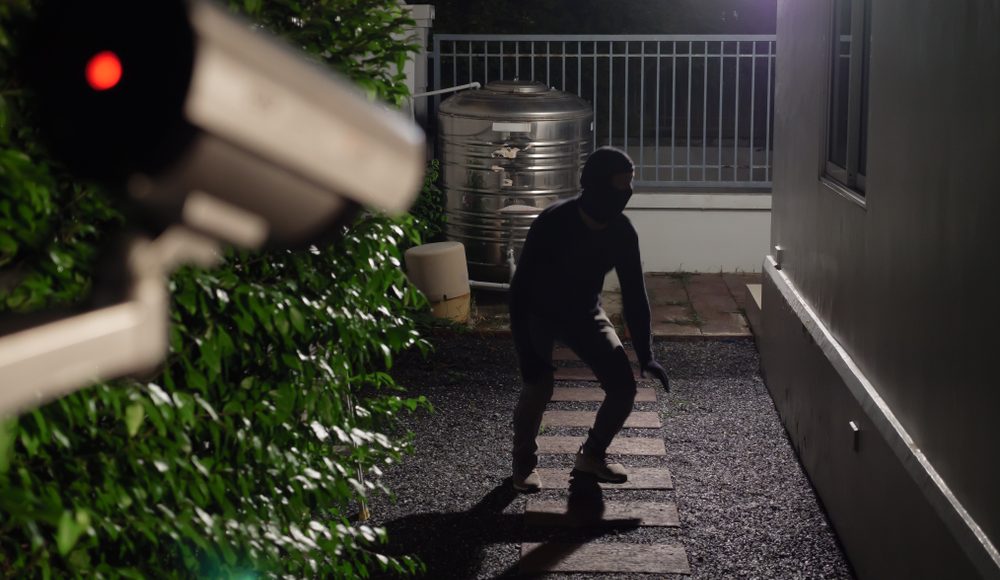

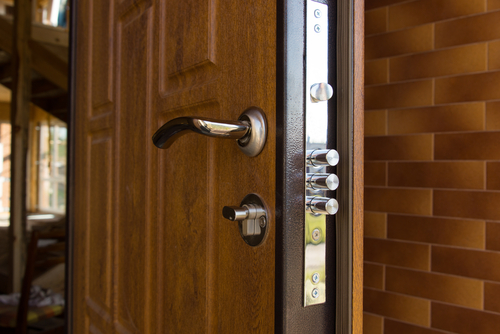
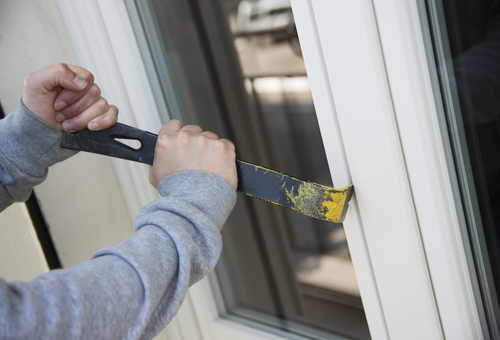
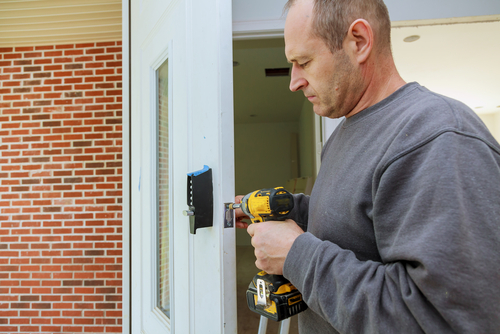
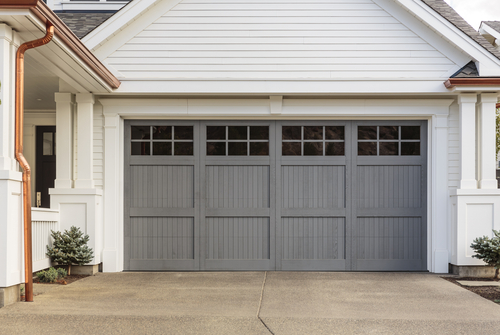


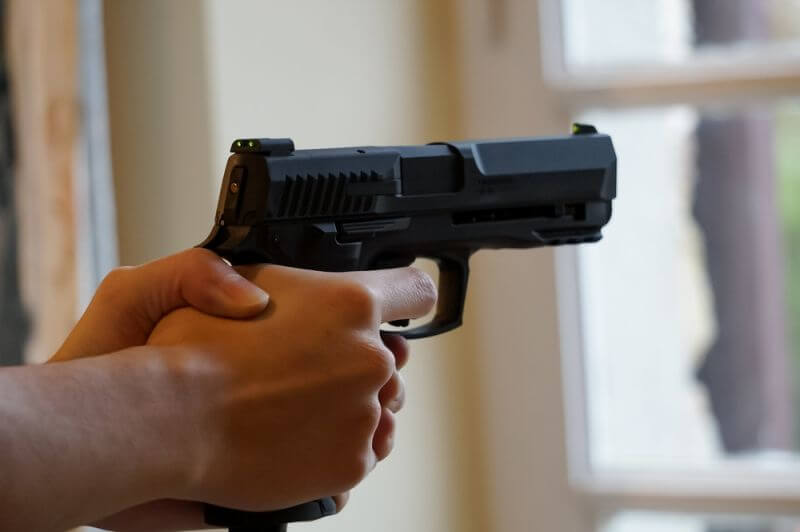

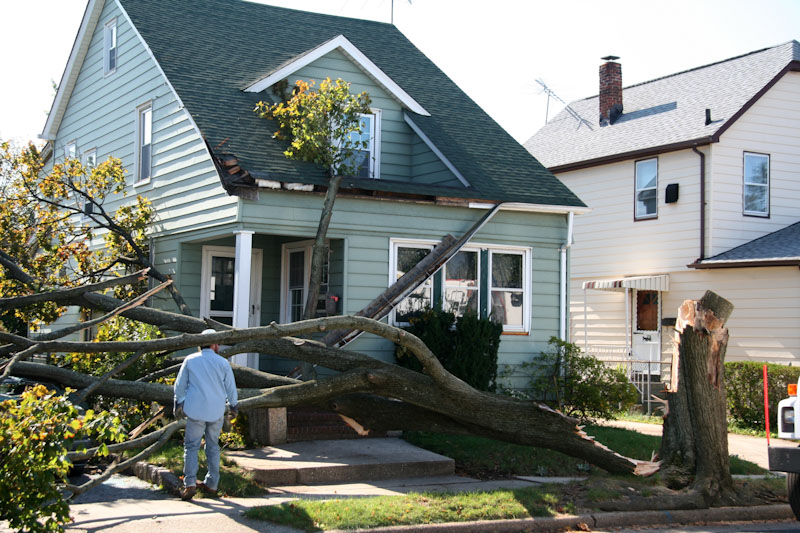


Tom MacGyver | October 6, 2020
|
“Trenching” peoples’ lawns used to be a popular teenage pastime. They would drive onto someone’s lawn and do a digout all the way across it. One of my neighbors had this happen several times, as he had a corner house. He planted hedges at the usual “starting line,” but the kids ploughed right through those. He ended up putting large rocks on the yard side of the hedges, invisible from the outside of the “starting line.” The next time someone tried trenching his lawn, he ended up tearing out the underside of his car! The cops showed up, and the car was towed off. The cop told my neighbor that if the perpetrator wanted to, he could SUE, because putting the rocks where they weren’t visible from the road constituted entrapment. …’Gotta love those criminal-loving, Commiefornia laws… Hell; and this was in the 70’s, when CA was a RED state! Luckily the idiot who tried trenching the neighbor’s lawn was enough of an idiot not to know of this recourse.
‘Same thing goes for “fortifying” a rural mailbox against “mailbox baseball.” Building a mailbox into cement or brick pedestal is fine. Taking a smaller mailbox, putting it inside a bigger mailbox, and filling the gap with cement, so that an aspiring Babe Ruth breaks his wrists slugging it is not…
If you’re gonna get “clever,” know your local laws…
Waldo | October 6, 2020
|
If you are at the point where your life is in danger and you need some faster security and explaining to the law is a lower concern, you could use ply wood and wood screws or drywall screws to harden doors and windows.
It is always good to have pre cut plywood for your windows like you would board up for a hurricane., and you can also consider making some for the inside of a window. If you needed to you can screw the board directly to the studs framing the window with 3 inch screws. Reinforce that with some 2X4s across that to add knock in residence. You could use rebar pieces and pipe straps and screws as well. If you were really desperate you can screw a bunch of screws through the plywood and porcupine the board to make it nastier to handle from the outside.
You can also lay a piece of wood with a bunch of screws through it on the inside of doors and windows and screw that down to the floor to make a nasty place to walk in someone does break in the door and window and has to tread on . Clearly not legal but if its you against the mob and there is no law….
You can put those spike traps OUTSIDE the outer window areas and cover with a thin layer of leaves or mulch . again, not legal but if they are coming to burn you out and rape you’re daughter…
tweell | October 7, 2020
|
A good and legal way to discourage window access is to plant ‘unfriendly’ vegetation under them. Pyracantha, cactus, catsclaw, perhaps a thorny rosebush. Natural, scenic, they did a great job of deterring my daughter’s boyfriends.
SkiptheBS | October 9, 2020
|
After a series of nocturnal burglaries years ago, I used long-shank heavy duty fence staples to nail heavy hardware cloth on first-floor windows and used long shank drywall screws to fasten windows shut.
That second floor bedroom window could have gotten me in trouble. Burglar stole a ladder and brought it up to the window one time. As a quick and dirty security measure, I fastened some 1×6 boards across the window, leaving gaps large enough for the burglar to get his head and neck through. I had a machete waiting for him.
Chattanooga, TN police are as useless as mammaries on a boar hog. They claimed that it was a false complaint to get out of investigating what probably was one of their own family members.